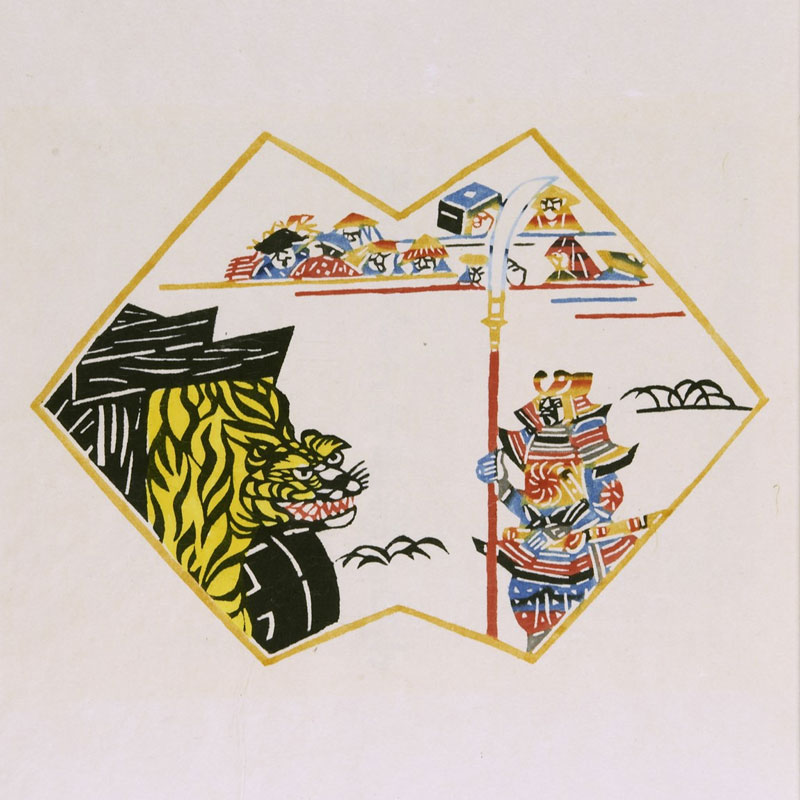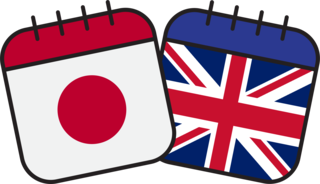
Image: Shinpan Ehon Don Kihōte, 1976, private collection
‘Ehon Don Kihōte’: The precursor of the Serizawa booksy
- 21 March 2024
- 6:00pm – 7:00pm
- Online
- https://www.sainsbury-institute.org/events/ehon-don-kihote-the-precursor-of-the-serizawa-books/
- 01603 597507
- sisjac@sainsbury-institute.org
- Tweet
Speaker: Dr Rosanna Rios Perez (Robert and Lisa Sainsbury Fellow 2023-2024, Sainsbury Institute)
About the Talk
Serizawa Keisuke (1895~1984), a renowned Japanese textile artist and active member of the Mingei movement, created a “Japanized” illustrated version of the novel by Miguel de Cervantes, Don Quijote de la Mancha, commissioned by North American bibliophile Carl Tilden Keller (1872-1955) in 1935. It was mediated, directed, and supported by Jugaku Bunshō (1900-1992), a Kyoto-based publisher and scholar in English literature acquainted with Sōetsu Yanagi (1889-1961).
Presumably, the commission to create this piece entitled the “Ehon Don Kihōte,” apart from bringing Serizawa new technical explorations into kappazuri on washi, instigated a broad creative outcome in his artistic repertoire known as ‘The Serizawa Books’. It also acted as what scholars have called a “bridge between cultures” or transcontinental expansion of the Mingei ideals. However, the limited copies and high value of the book noticeably contrast with Yanagis’ mass-produced and low-price folk crafts.
A later version of this book appeared in 1976 under the title “Shinpan Ehon Don Kihōte.” In this work created using katazome on washi, a different style evident in the illustrations suggests the embodiment of the individual artist personified by Serizawa, who had received the title of Living National Treasure in 1956 for his skill kataezome.
In this lecture, an examination of the context in which Serizawa created the illustrated Don Quixote and his later Shinpan Ehon Don Kihōte book, framed within the Mingei ideals and Serizawa’s individual development, are discussed.
